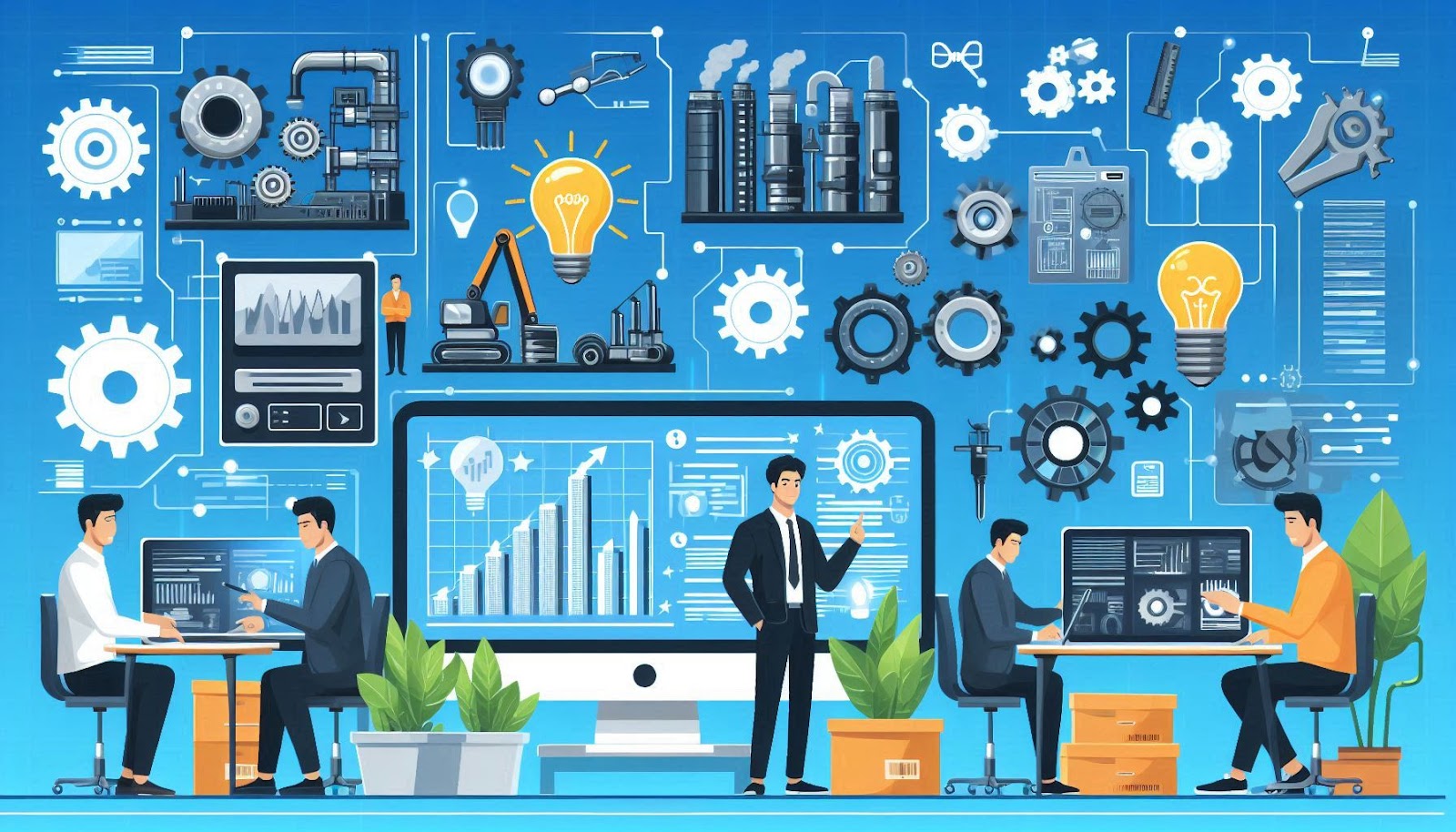In recent years, modern manufacturing technology has transformed the industrial landscape. It encompasses a myriad of advancements, including automation, 3D printing, artificial intelligence, and data analytics, revolutionizing how products are designed, produced, and distributed. As industries embrace these innovations, it is vital to weigh the advantages against the potential drawbacks. This article explores the key benefits that modern manufacturing technology brings to the table, such as increased efficiency, reduced waste, and enhanced product quality, while also addressing the challenges like job displacement, initial costs, and the need for technological expertise. Understanding these factors is crucial for stakeholders in the manufacturing sector to make informed decisions.
Benefits of Modern Manufacturing Technology
Increased Efficiency and Productivity
One of the most significant advantages of modern manufacturing technology is the boost in efficiency and productivity. Automated systems and robotics streamline operations by performing repetitive tasks with precision and speed, allowing human workers to focus on more complex tasks that require critical thinking and creativity. This shift not only speeds up production times but also reduces the likelihood of human error, resulting in higher quality products. Furthermore, technologies such as Internet of Things (IoT) enable real-time monitoring of machinery, which helps in predictive maintenance—identifying issues before they escalate and halting production. Overall, the integration of these technologies leads to an agile manufacturing process that can respond swiftly to market demands, ultimately enhancing competitiveness in a fast-paced global market.
Reduction of Waste and Cost Savings
Modern manufacturing technologies, particularly those utilizing data analytics and AI, contribute to substantial reductions in waste and cost savings. Advanced manufacturing processes, such as additive manufacturing (3D printing), allow for the production of items layer by layer, significantly minimizing material waste compared to traditional subtractive methods. This not only conserves resources but also has a positive environmental impact. Additionally, precise data analysis helps businesses optimize their supply chains, improve inventory management, and reduce excess inventory costs. By adopting lean manufacturing principles, companies can streamline operations for maximum efficiency. Ultimately, these measures result in significant financial savings, allowing companies to allocate resources toward innovative projects and improving their bottom line.
Enhanced Quality and Customization
Quality control is a critical aspect of manufacturing, and modern technology has dramatically improved the ability to maintain high standards. Automated quality assurance systems equipped with sensors and AI can detect defects at a microscopic level, ensuring that only products meeting the set criteria move forward in the production line. This consistent quality reduces the risk of recalls and enhances customer satisfaction. Additionally, modern manufacturing technologies facilitate greater customization options for consumers. With the ability to produce small batches at a cost-effective rate, companies can tailor products to individual customer preferences, thereby expanding their market reach and catering to niche segments. This level of personalization was largely unattainable in traditional manufacturing settings.
Challenges of Modern Manufacturing Technology
The Issue of Job Displacement
As automation and advanced technologies continue to permeate the manufacturing sector, concerns regarding job displacement have emerged. Many fear that robots and automated systems may replace human workers, leading to significant unemployment and economic disparity. While it is true that certain roles may become obsolete, it's essential to recognize that technology also creates new jobs that require different skill sets. Workers may need to adapt by acquiring new skills through training and education programs to remain relevant in the evolving job market. Balancing these transitions is crucial, as societies must prepare for a future where humans and machines coexist in the workplace, ensuring that technological advancements do not lead to social inequities.
High Initial Investment Costs
Implementing modern manufacturing technology often requires significant upfront investment. Costs associated with purchasing new machinery, integrating software systems, and training employees can be substantial, posing a barrier to entry for smaller manufacturers. While the long-term benefits of efficiency and cost savings are evident, not all companies can afford the initial expenditure, leading to a potential widening of the competitiveness gap in the industry. To mitigate these challenges, companies must evaluate their financial strategies and consider potential partnerships or funding options that can alleviate initial costs. Developing a blueprint for gradual technological adoption can help businesses balance their budgets while still reaping the benefits of modernization.
Dependence on Technology and Cybersecurity Risks
While technology can enhance productivity and efficiency, it also creates a dependence that can be troubling. Companies increasingly rely on complex systems that, when malfunctioning or disrupted, can lead to significant downtimes and losses. Moreover, as manufacturers adopt interconnected technologies, they become more vulnerable to cybersecurity threats. A successful cyber-attack can compromise sensitive data, disrupt operations, and tarnish a business's reputation. To counteract these risks, manufacturers need to invest not only in advanced technology but also in robust cybersecurity measures. Regular software updates, employee training, and contingency planning are critical components of a comprehensive strategy to minimize vulnerabilities associated with modern manufacturing technology.
```